Text
Iaidō, the Art of Sword Extraction
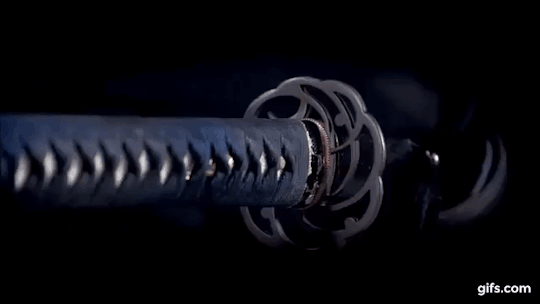
Iaidō, abbreviated with iai, is a Japanese martial art that emphasizes being aware and capable of quickly drawing the sword and responding to a sudden attack.
Iaidō is associated with the smooth, controlled movements of drawing the sword from its scabbard (or saya), striking or cutting an opponent, removing blood from the blade, and then replacing the sword in the scabbard.
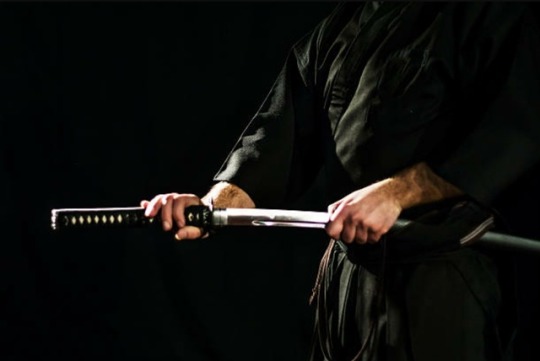
Practitioners of iaidō are often referred to as iaidōka: the beginners may start with the bokken, a wooden sword, while most of the practitioners use the iaitō, a blunt edged sword made of an aluminium-zinc alloy, which is cheaper and lighter than steel. Few, more experienced, iaidō practitioners use the shinken, a sharp edged sword.
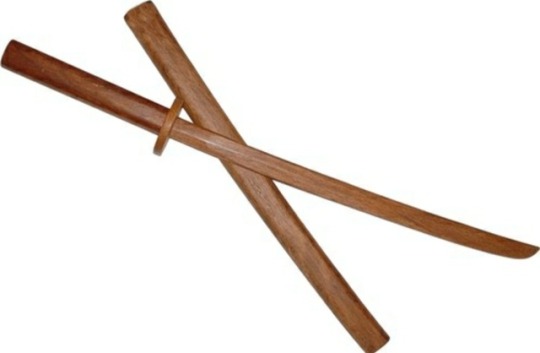
Bokken
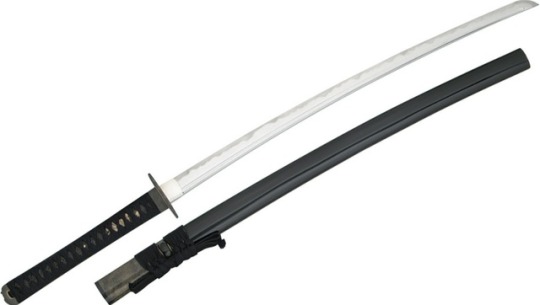
Iaitō

Shinken
Iaidō is for the most part performed solo as an issue of kata, a series of codified movements, executing changed strategies against single or various fanciful rivals.


The term iaidō appears in 1932, and its meaning is approximately "the way of mental presence and immediate reaction". The term emerged from the general trend to replace the suffix -jutsu ("the art of") with -dō in Japanese martial arts in order to emphasize the philosophical or spiritual aspects of the practice. Iaidō is a reflection of the morals of the classical warrior and has the purpose of building a spiritually harmonious person possessed of high intellect, sensitivity, and resolute will.
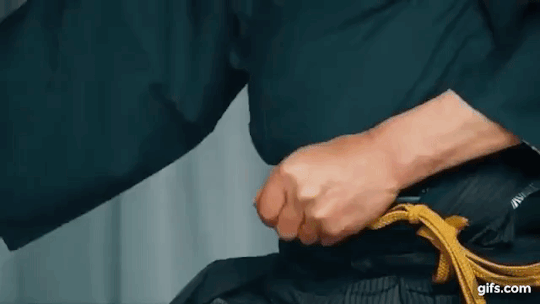
Link:
Iaidō Demonstration Video
Iaidō Explanation Video
#iaidō#sword#drawing#extraction#iaidōka#bokken#iaitō#shinken#katana#swordextraction#japanese#art#martialart#wayoflife#bushido#thearmourer#like4like#like4follow#follow4follow#follow4more
8 notes
·
View notes
Text
Feng Huo Lun, or Wind-and-Fire Wheels
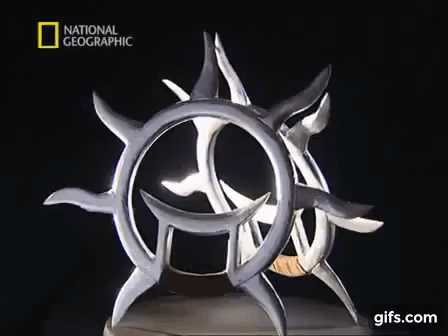
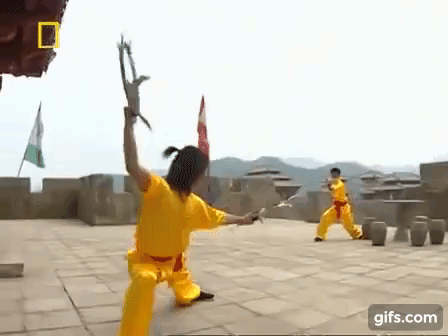

The Feng Huo Lun, or Wind-and-Fire Wheels, are Chinese mêlée weapons, namely close combat weapons, used in direct hand-to-hand combat. They are wielded as a pair.
Each wheel is a flat metal ring approximately 38 cm (about 15 inches) in diameter. One quarter-segment has a padded grip with a cross-guard; the other three segments have protruding flame-styled blades.
With one wheel in each hand, the practitioner can slash, stab, parry, or disarm an opponent.


Link:
Feng Huo Lun Video, at 27:48
#fenghuolun#wind#fire#wheels#wind-and-fire wheels#chinese#kungfu#wushu#weapons#thearmourer#like4like#like4follow#follow4follow#follow4more
1 note
·
View note
Text
Xuèdī Zǐ, or Flying Guillotine
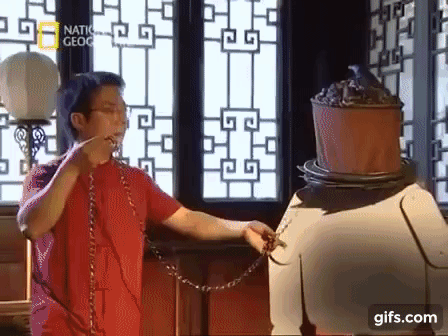

The Xuèdī Zǐ (literally "blood-dripper"), known as the Flying Guillotine, is a legendary Chinese throwing weapon dating back to the era of the Emperor Yongzheng (1678-1723).
The existence of this weapon is unlikely and never established.
It was too heavy and too slow to use on conscious and moving targets. It could have had a real efficacy only if lowered stealthily on the victim's head.


Link:
Flying Guillotine Video, minute 37:40
#xuèdī zǐ#flying guillotine#legend#legendary#china#chinese#weapons#throwing weapon#beheading#thearmourer#like4like#like4follow#follow4follow#follow4more
2 notes
·
View notes
Text
Yadome no Jutsu, the Arrow Cutting Art


Yadome no Jutsu is the military study of arrow cutting or blocking: it is a semi-legendary skill which allows warriors to defend themselves from incoming arrows by cutting them out of the air, or at least knocking them away.
A mythological master of this art was Gochi-in Tajima, nicknamed "Tajima the Arrow-Cutter".

This is Tajima using his Naginata
Link:
Yadome no Jutsu Video
Yadome no Jutsu Explanation
#yadome#yadomenojutsu#arrow#cutting#blocking#japan#japanese#war#martialart#tajima#defense#skills#weapons#thearmourer#like4follow#like4like#follow4more#follow4follow
3 notes
·
View notes
Text
Khopesh


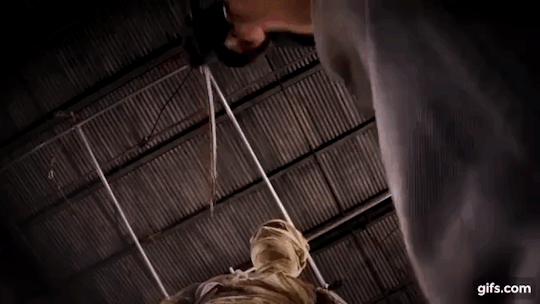

The Khopesh is an Egyptian sickle-sword that evolved from battle axes. The khopesh evolved from the epsilon, a type of battle axe named for its similarity to the Greek letter epsilon (ϵ), or similar crescent-shaped axes that were used in warfare.
A typical Khopesh is 50-60 cm (20-24 inches) in lenght.
The blade is only sharpened on the outside portion of the curved end. The blunted edge of the weapon's tip also served as an effective bludgeon, as well as a hook.
The word "khopesh" may have derived from "leg", as in "leg of beef", because of their similarity in shape.



Link:
Khopesh Video
#khopesh#ancient egypt#egyptian#sword#axe#sickle-sword#weapons#thearmourer#like4follow#like4like#follow4more#follow4follow
3 notes
·
View notes
Text
Shéng Biāo, or Rope Dart


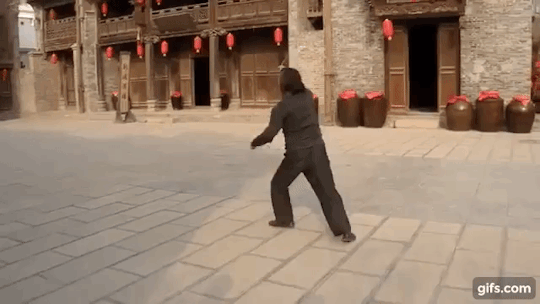

The Rope Dart, or Rope Javelin, called Shéng Biāo in Chinese and Jōhyō in Japanese, is one of the flexible weapons in Chinese martial arts.
It is a long rope (usually 3–5 metres or 10–16 feet) with a metal dart attached to one end.
The rope dart can be used for twining, binding, circling, hitting, piercing, tightening, slashing and other techniques: most of all, rope dart play consists of twining, shooting, and retrieval.

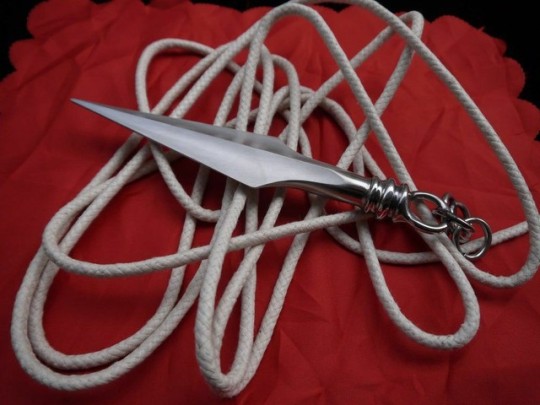
Link:
Explanation Video
Demonstration Video
#ropedart#rope#dart#shengbiao#johyo#ropejavelin#chinese#martialart#kungfu#wushu#weapons#thearmourer#like4like#like4follow#follow4follow#follow4more
2 notes
·
View notes
Text
Teng Pai, or Rattan Shield

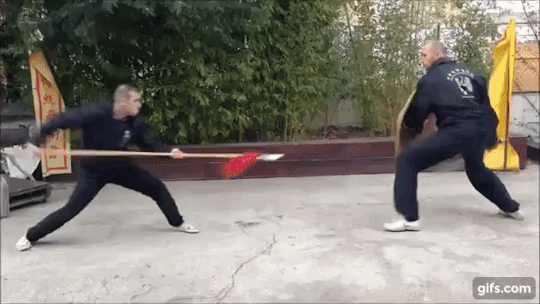


Here are the Rattan Shield, also known as Teng Pai in Chinese, used in conjunction with the Dao, or Chinese Sabre, against the Qiang, the Chinese Spear.
The warriors equipped with a rattan shield and a dao were known, during the Ming Dinasty in China, as Rattan Shieldmen (Teng Pai Shou - 藤牌手). They were used to bring a light javelin too, named Biāo Qiang or Fei Biāo, whose primary purpose was to distract the enemy.



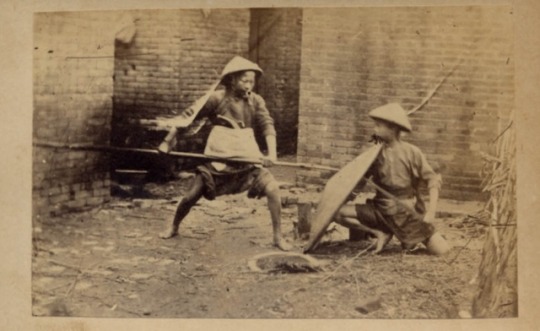
Link:
Illustrative Video
History & Demonstration Video
#china#kungfu#wushu#martialart#rattan#shield#sabre#spear#deungpae#dao#qiang#weapons#tengpai#biaoqiang#feibiao#thearmourer#tengpaishou#shieldmen#javelin#fight#like4like#follow4follow#follow4more#like4follow
1 note
·
View note